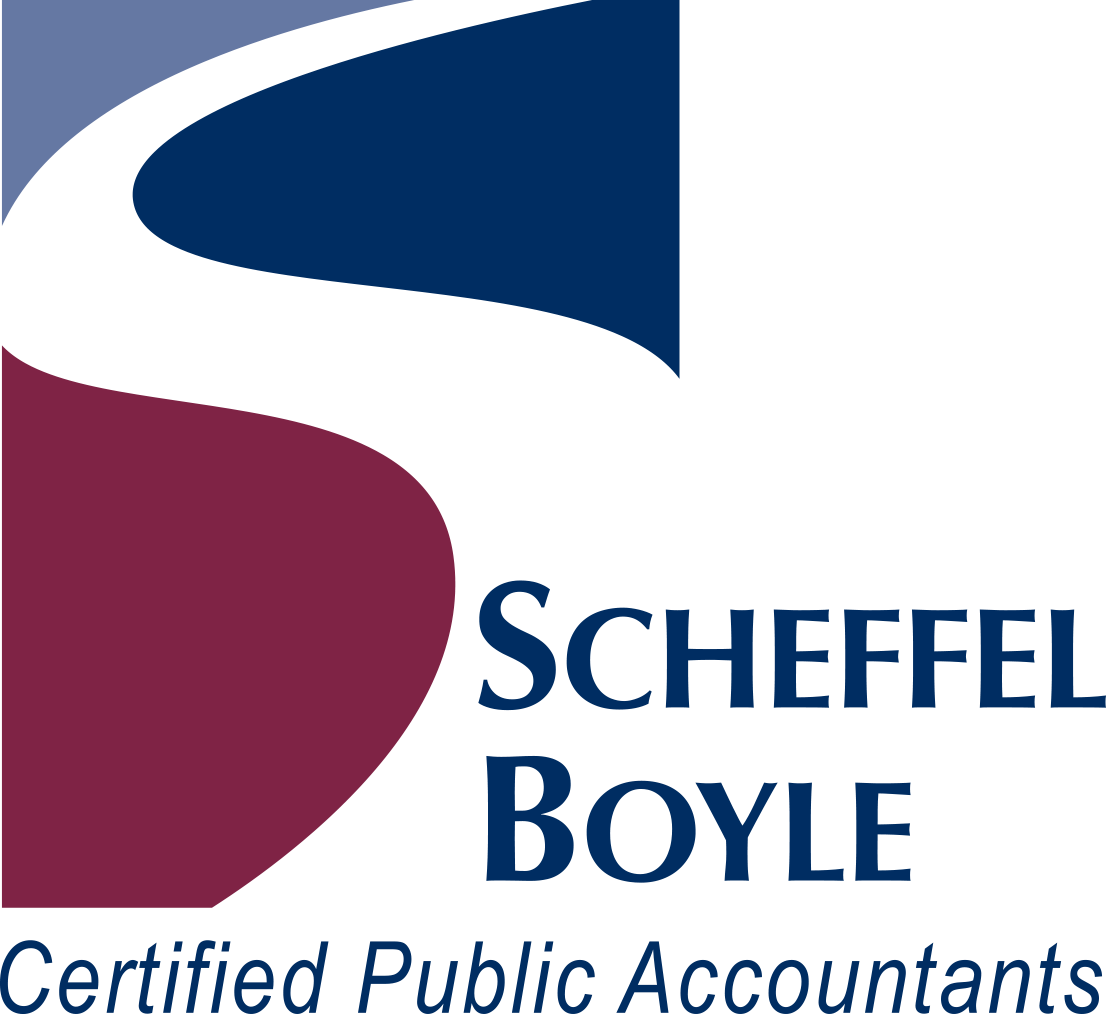Step Carefully with Loans Between a Business and its Owner
Why Loans are Better
When an owner withdraws funds from the company, the transfer can be characterized as compensation, a distribution or a loan. Loans aren’t taxable, but compensation is and distributions may be taxable.
If the company is a C corporation, distributions can trigger double taxation — in other words, corporate earnings are taxed once at the corporate level and then again when they’re distributed to shareholders (as dividends). Compensation is deductible by the corporation, so it doesn’t result in double taxation. (But it will be subject to payroll taxes.)
If the business is an S corporation or other pass-through entity, there’s no entity-level tax, so double taxation won’t be an issue. Still, loans are advantageous because compensation would be taxable to the owner (and incurs payroll taxes), and distributions, even though maybe not taxable themselves, would reduce an owner’s tax basis, which makes it much harder to deduct business losses.
There are also some advantages to treating advances from owners as loans. If they’re treated as contributions to equity, for example, any reimbursements by the company may be treated as distributions and possibly be taxable in a C corporation situation.
Loan payments, on the other hand, aren’t taxable, apart from the interest, which is deductible by the company. A loan may also give the owner an advantage in the event of the company’s bankruptcy, because debt obligations are paid before equity is returned.
How to Define It
Establishing that an advance or a withdrawal is truly a loan is important. If you don’t make that distinction, and the IRS determines that a payment from the business is really a distribution or compensation, you (and, possibly, the company) could end up owing back taxes, penalties and interest.
Whether a transaction is a loan is a matter of intent. It’s a loan if the borrower has an unconditional intent to repay the amount received and the lender has an unconditional intent to obtain repayment.
Unfortunately, even if you intend for a transaction to be a loan, the IRS and the courts aren’t mind readers. So, it’s critical that you document any loans and treat them like other arm’s-length transactions. Among other things, you should execute a promissory note and charge a commercially reasonable rate of interest — generally, no less than the applicable federal rate.
Set and follow a fixed repayment schedule and secure the loan using appropriate collateral. (This will also give the lender bankruptcy priority over unsecured creditors.) And you must treat the transaction as a loan in the company’s books. Last, you must ensure that the lender makes reasonable efforts to collect in case of default. Also, for borrowers who are owner-employees, you need to ensure that they receive reasonable salaries, to avoid a claim by the IRS that loans are disguised compensation.
Looking Good
The IRS keeps a wary eye on business owners who borrow from themselves. We can help you through the process to withstand the scrutiny of the agency’s gaze.


